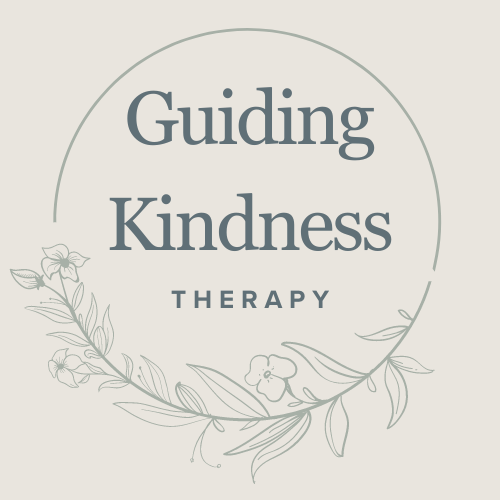The Big Feels - Breaking Down Our Emotions
Our brain can seem like a glorified ball of yarn. It gets messy and tangled, knotted and frayed. Sometimes, we don’t even know where to begin to make sense of it all. If only we were able to find the end of the string and give it a good yank to smooth it out…
We conceptualize our emotions in categories, often starting with Good and Bad. Those Good and Bad feelings then get broken down into smaller, yet still large, categories like Happy, Sad, Mad, etc. But those Big feelings are comprised of smaller, more specific emotions. Those specific feelings are what create the sense of cloudiness, especially surrounding Big Bad feelings. We know enough to know we are not okay, but that’s where our insight sometimes stops. We struggle to identify and vocalize feeling disappointed, disrespected, unheard, unseen, regretful, ashamed, or lonely… But often, it’s a mixture of many smaller, more specific emotions that come together to create feeling Sad or Mad. If we are able to identify the smaller feelings, and learn to communicate them to ourselves as well as others, we can begin to tug on the emotional yarn tangled up in our head and get some clarity.
Sound like a lot of work? It can be. But all of the hard work creates something incredibly freeing. By understanding our emotions better, we become more confident in our understanding of ourselves, often finding it a little easier to communicate our thoughts and feelings. Understanding is the root of accepting who we are, and where we want to go. Increased awareness and improved communication leads to healthier relationships with ourselves, others and the world around us- and that’s just a win for everyone!
Here are a few tips to help you begin unraveling the emotional yarn…
Take a second: Breathe and allow yourself to sit in your emotion(s). If you need to, close your eyes. Notice where you are feeling the emotion in your body, and breathe out any tension or judgment towards yourself/the emotion.
Assess the situation: Ask yourself, “What is under the surface of my Big emotion?” You may want to sit with an emotion wheel, which will help you identify those tricky to pinpoint emotions. Here’s an example of what I’m talking about!
Reflect: Take a moment to sit with the emotions you’ve identified. How does it feel to acknowledge them? Does it change how you engage with or plan to handle that emotion?
Take action: Identify what your immediate need is based on the new emotional discoveries you’ve made. Some people choose to perform an act of self care or reflection such as journaling or going for a walk. Others choose to talk with loved ones to further process their emotions and experiences. Some may seek productive conversation with the individual(s) who may have been the catalyst for the Big emotion. Some people need a good cry and a glass of cold water!
While the above steps are helpful in the identification and articulation of emotion, it isn’t the end of our understanding of them or ourselves. Many seek therapy to help in their journey- the going can get rough! Therapy provides support for the challenges our emotions bring, and guidance in navigating their impacts. If you are someone looking to increase your self-awareness, better regulate your emotions, and build healthier interpersonal relationships I encourage you to reach out to us here at Guiding Kindness Therapy. We have a team of therapists eager to get to know you and join you on your healing journey!
